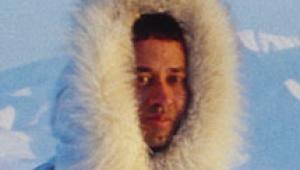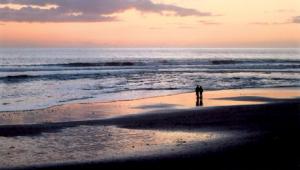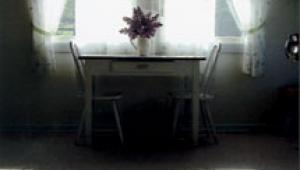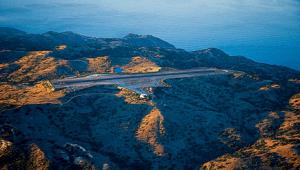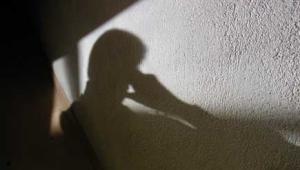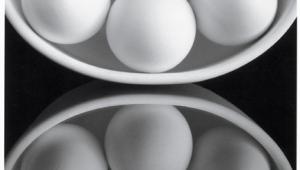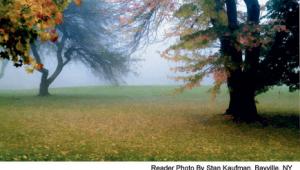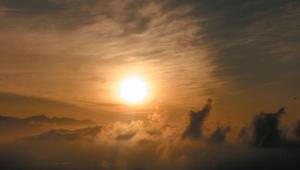Tips for Tricky Exposure Situations Page 3
When a scene's brightness range exceeds the ability of your film or digicam's image sensor to record detail throughout, you have to decide what's most important--detail in the brightest areas, or detail in the darkest areas. Generally--especially when shooting slide film--you want detail in the highlights, because blown-out blank bright areas in a photo are very distracting. But for any given shooting situation, you have to consider what you want your photo to look like, and expose accordingly. Different films and digital-camera sensors have different dynamic ranges, so you have to experiment with your camera to see what it can handle.
5 Learn Your BDEs
If you're shooting outdoors, the "basic daylight exposure"
(BDE) rule of thumb can keep your exposures on track. The BDE states that for
a front-lit subject in direct sunlight, the correct exposure is a shutter speed
of 1¼ISO at f/16 (or equivalent): With ISO 100 film (or a digicam set
to ISO 100), the basic daylight exposure would be 1¼100 at f/16 (or 1¼200
at f/11, 1¼400 at f/8, 1¼800 at f/5.6, 1¼1600 at f/4, etc.).
 Switch
to manual exposure mode, lock in the basic daylight exposure, and you'll
get correctly exposed subjects whether they're medium tones, white or
black--the meter can't be "fooled," because you're
not using the meter. If the subject is side-lit or in open shade, increase exposure
one stop from the BDE. If the subject is backlit or the day is overcast, increase
exposure two stops from the BDE. (And as always, it doesn't hurt to bracket
exposures if in doubt.)
Switch
to manual exposure mode, lock in the basic daylight exposure, and you'll
get correctly exposed subjects whether they're medium tones, white or
black--the meter can't be "fooled," because you're
not using the meter. If the subject is side-lit or in open shade, increase exposure
one stop from the BDE. If the subject is backlit or the day is overcast, increase
exposure two stops from the BDE. (And as always, it doesn't hurt to bracket
exposures if in doubt.)
Next Month:
Flash Techniques
- Log in or register to post comments

